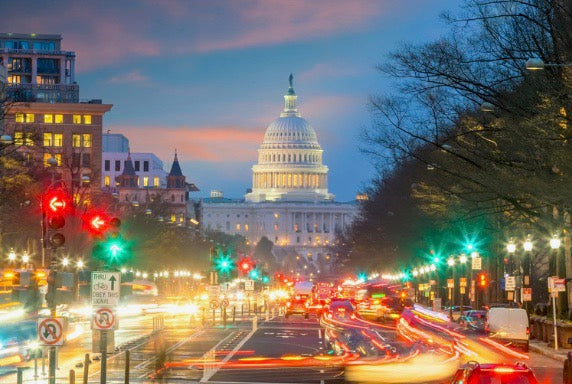
Constitutional Republics
Share
America is a Constitutional Republic, NOT a Democracy
Distinctions Matter
The United States is often described as a democracy, but its actual form of government is a constitutional republic. This article explores the key differences between these two systems and explains why the distinction matters. Understanding these differences clarifies how American governance operates and ensures a more informed discussion on political structure.
A democracy, in its purest form, is a system where laws and policies are determined by direct majority vote. A constitutional republic, on the other hand, is a system where elected representatives make decisions within the framework of a constitution that limits government power and protects individual rights. The United States follows this model, ensuring that fundamental liberties are preserved regardless of majority rule.

Background
Democracy, as a governing principle, can take different forms, including direct and representative democracy. Countries such as Switzerland, which incorporates elements of direct democracy, and Canada, which operates as a parliamentary democracy, serve as examples. These systems prioritize majority rule but may lack explicit constitutional constraints to protect minority rights.
A constitutional republic balances democratic principles with a legal framework that limits government power. Nations such as the United States, India, and Germany follow this model, where constitutions define government responsibilities and individual rights. This structure ensures that government authority remains restricted and aligned with constitutional principles.
In the United States, voting plays a crucial role in selecting representatives who serve in legislative and executive positions. Senators, for example, are elected by their respective states to represent their interests in Congress. While the public influences government decisions through elections, the constitutional framework prevents policies that would infringe upon fundamental rights.

Summary
While both a democracy and a constitutional republic involve public participation in governance, the latter includes constitutional safeguards to limit government authority. A democracy allows majority rule to determine policy, whereas a constitutional republic ensures that fundamental rights remain protected regardless of election outcomes.
The United States functions as a constitutional republic, where elected representatives govern within the limits established by the Constitution. This system ensures a balance between public influence and legal protections, maintaining both stability and individual freedoms.
At WaveRocket, we celebrate the principles of self-governance, national pride, and the enduring strength of American ideals. Explore our collection of thought-provoking designs and dive into more insightful articles on history, politics, and culture at WaveRocket Posts.
by Jolene Wilson
